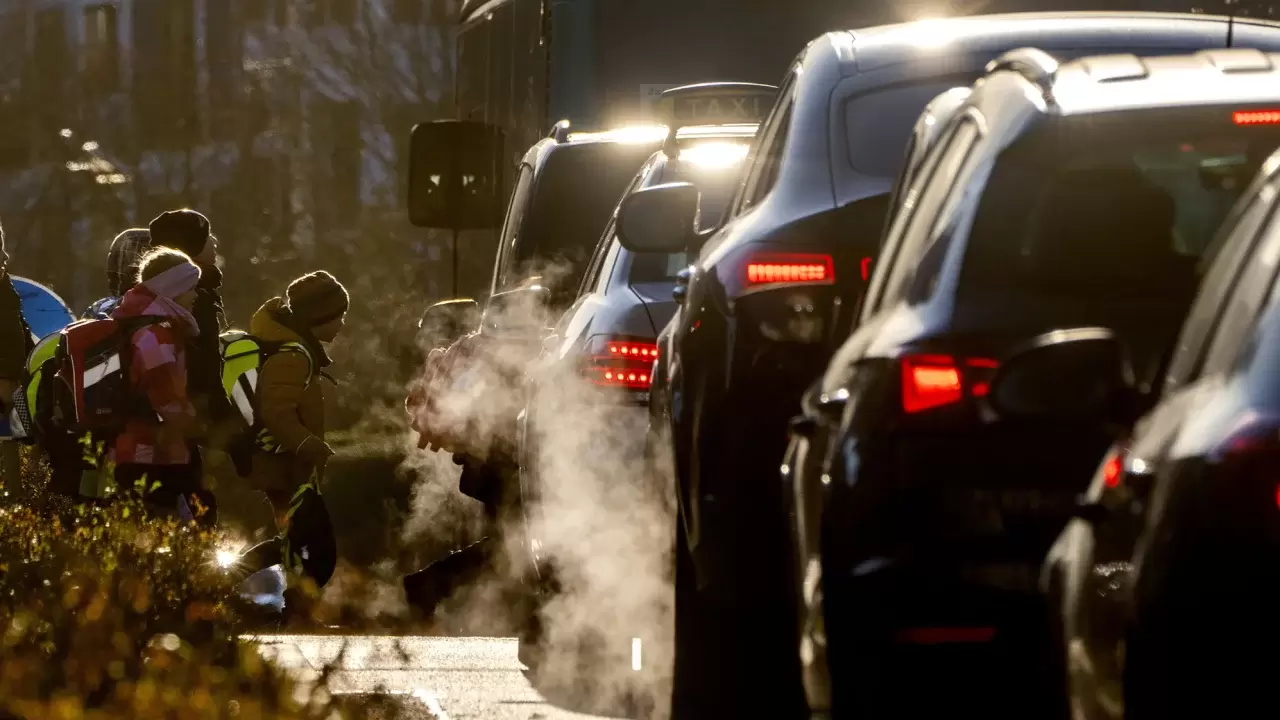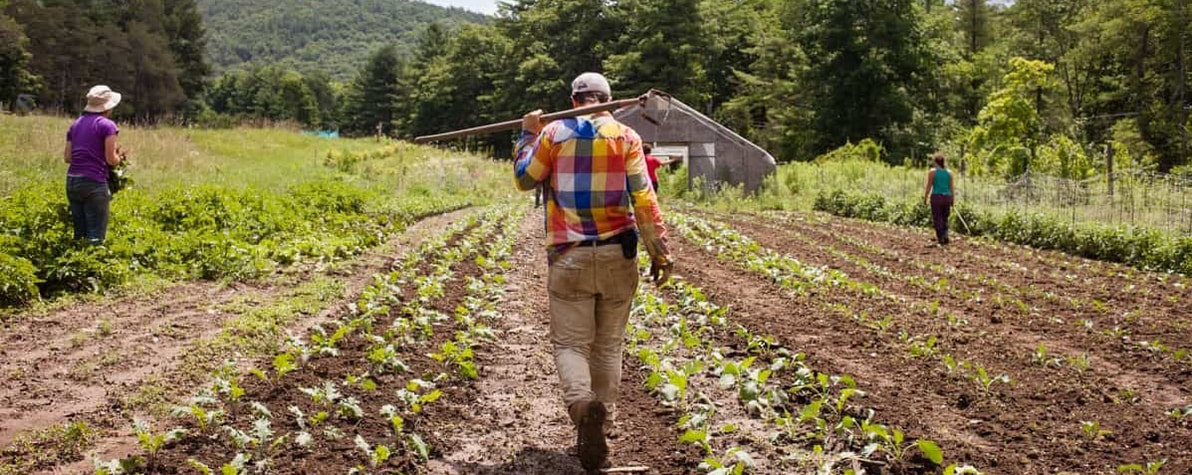by Reverend F.L Crouther, New Covenant Baptist Church, Wisconsin
Cleaning up heavy-duty truck pollution is an important step in protecting the health of our communities in Wisconsin, particularly Black Communities and Communities of Color.
Interstate 43, which dissects Black Communities in Milwaukee, is a tragic example of how discriminatory land use and transportation policies have resulted in the burden of diesel pollution exposure to be borne more heavily by Communities of Color. Highways have been placed through and in Black and Brown neighborhoods, and the exposure to vehicle pollution has led to long-term respiratory and cardiovascular health issues. For these communities who are more likely to live near freeways, trucking corridors, and freight hubs, pollution from medium- and heavy-duty trucks and buses can be deadly.
The Environmental Protection Agency (EPA) has an opportunity to help address the injustice of pollution and climate change by enacting the strongest possible federal heavy-duty truck standards. Transportation is the largest source of carbon emissions in the US and moving our trucks and buses to zero emission vehicles puts us on a path to justice.
As a Christian and Black pastor, I care about protecting God's creation—this means not only stopping pollution and fighting climate change, but also protecting human health. Having non-polluting heavy-duty trucks is important for Black Communities as our lives depend on it. In a study conducted by EPA scientists, it was recognized that when it comes to air pollution, the health burden on African Americans is 54 percent higher than the health burden on the American population overall.
Protecting families and vulnerable communities is of critical importance to the faith community. Our role as faith leaders is to protect and minister to our congregants. To tend to the sick in our communities, and to become advocates for protecting human health and life. When our children and neighbors suffer from respiratory illnesses like asthma, we all suffer. Air pollution is an environmental justice issue; we can’t live freely if we can’t breathe freely.
Clean heavy-duty truck standards can help clean up God’s air and reduce the carbon pollution that is the main driver of climate change. The Biden Administration now has the opportunity to take action for the benefit of all our communities. With 25 million Americans, including 6.3 million children, suffering from asthma, we can ill afford more air pollution. Enacting zero-emission heavy-duty truck standards will decrease pollution in Wisconsin communities, protect our children’s health and help address climate change.
Recently, more than 4,700 black church leaders across the country wrote to the Biden Administration urging the EPA to adopt robust heavy-duty truck standards that would protect human health in Black communities:
| “Exhaust from heavy duty vehicles is one of the main pollution sources in Black communities… This disproportional impact by truck pollution is a result of historical and ongoing systemic racism, which has placed interstates and heavily traveled roads through the heart of our communities and neighborhoods.” - Letter to EPA Administrator Regan |
Through our faith, we are united behind common moral values that prioritize protecting vulnerable populations, defending our children’s health, caring for God’s creation, and fulfilling our obligations to future generations. It is through these values that we view pollution and climate change.
The standards set by the EPA should achieve 100 percent zero-emission truck sales by 2035, which would be at a pace that would deliver much needed health benefits to Communities of Color. With zero-emission trucks, which are commercially available, pollution from these trucks can be eliminated in our neighborhoods.
Wisconsin families deserve clean air for all. I strongly urge the EPA to advance its environmental justice mandate by prioritizing zero emissions from heavy duty trucks that can help reduce pollution.


